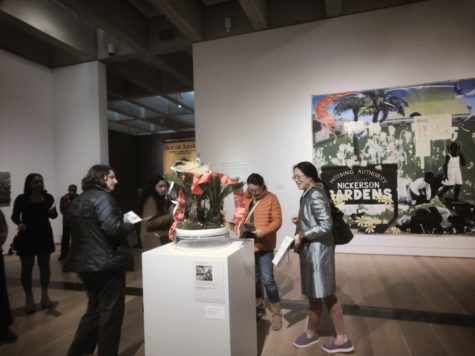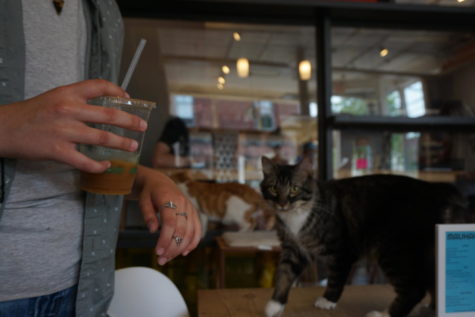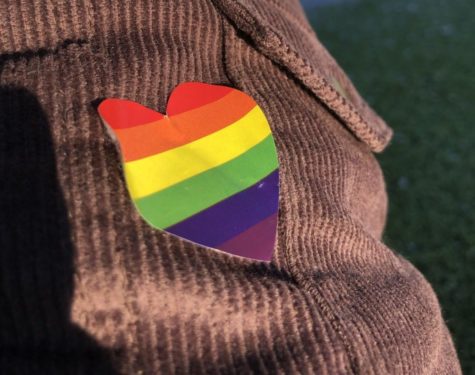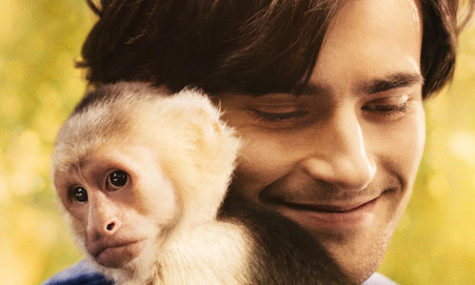Conspiracy Theories and Their Influence
Ever heard of Bigfoot? What about the idea that the moon landing was faked? Has your crazy uncle Steve ever tried to tell you he was abducted by aliens? If so, you have been exposed to the world of conspiracy theories.
Conspiracy theories are defined as “theories that explain an event or set of circumstances as the result of a secret plot by unusually powerful conspirators.” So essentially, these are wild and crazy theories that people think may be being kept secret from the public by the world’s elites. Often we call these people “Conspiracy Theorists.”
Going all the way back to 1831, hoaxes and conspiracies have existed in America. But until the 21st century, these theories weren’t so prominent. So why all of a sudden do we have a sudden rise in the popularity of conspiracy theories? Well, many link the emergence of large hoaxes and widespread conspiracy among Americans as a result of social media. It’s very easy to share information on the internet, and platforms such as Twitter, Facebook and Instagram are all breeding grounds for doubt and suspicion to grow and become conspiracy.
Have any of these wild conspiracies reached Oakville? It seems that they have as a few students at our school seem to have a few theories of their own.
“The FBI killed MLK. The FBI killed JFK. The FBI killed Malcolm X,” Sam Girard (11) said, “and they’re hiding the crustaceans from us.”
Disappearances of objects and individuals, as well as unexpected or tragic deaths, can lead to the spark of conspiracy and suspicion around these events. From there, conspiracy theories spawn from people proposing ideas to fill in the blanks of their perception.
“I find Malaysian Flight 370 really fascinating. I don’t know how that went down, but I would watch hour-long documentaries about that thing,” Erena Resuli (9) said. “Also aliens? I’m very neutral on the conspiracy of aliens, but the possibility of them existing definitely intrigues me.”
It isn’t just students who have wild theories, though, as some teachers around Oakville also have some.
“I believe that tornados aren’t real because I’ve never ever seen one, and it would be really easy to make it up,” Spanish teacher Melissa Danly said.
A lot of conspiracy theories tend to lean towards the supernatural. This ranges anywhere from theories of alien life, to cryptids like Bigfoot, all the way to the existence of ghosts and religious beings such as demons.
“I believe in some conspiracies, kind of depending on what it is, depending on whether it’s ghosts or anything supernatural,” Marlye Boyer (12) said. “If there isn’t really factual evidence to prove that it’s going to happen or that it is happening, then there is really no point to have it become a conspiracy theory.”
Most conspiracy theories are backed very loosely by science or any sort of physical evidence. A majority of theories relating to physics and the universe stem from “pseudosciences,” which are claims and beliefs that are mostly factual but don’t adhere to the traditional scientific method.
“Most conspiracy theories don’t have a lot of legitimate data research to them. They don’t have a scientific testing process to determine the validity of the theory,” history teacher Rodney Gerdes said.
Due to the lack of rational evidence, most are skeptical and tend to deny these theories and beliefs that are thrown around. This leads to a divide in conspiracy theory communities between those who are “believers” and those who call themselves “skeptics.”
“I would say that you should research everything that you possibly can, including conspiracy theories,” English teacher Amy Crean said.
Conspiracy theories are just that—theories. Most of these theories will stay theories, as the ideas that come from them aren’t grounded in our reality. Though it is fun to believe, it’s not wise for individuals to allow themselves to be engulfed in the world of conspiracy theories and hoaxes.
“They distract people from reality, create fake enemies and induce prejudice and discrimination, especially for minority groups,” theater teacher Melissa Harper said. “Think of the ‘Welfare Queen.’ I had a conversation with someone who repeated common talking points of believing that women, specifically black women, keep having children in order to collect more welfare so they don’t have to work. In reality, statistics from ussc.gov show that, in 2015, the majority of people who did commit welfare fraud were white. But further than that, only 682 people were found to have committed fraud against the federal government’s welfare system.”

Hey!
I'm B, the design editor for The Prowl. I am also the creator of Carl the duck and a senior here at Oakville. Some things I enjoy include playing...
















